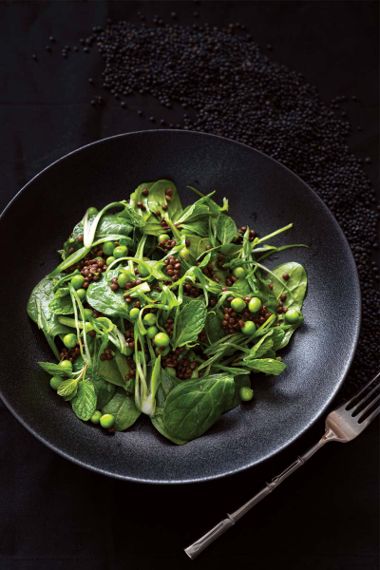Increasing numbers of people are recognizing the connection between our dietary choices and their effects on the planet. A diet that emphasizes legumes and organic vegetables while minimizing meat consumption is widely acknowledged as being beneficial for both personal health and the environment.
Organic fruits and vegetables provide essential nutrients, require less land and water compared to animal farming, and are free from harmful pesticides that can harm soil health. When cultivated within a regenerative farming framework, they foster sustainable agricultural practices, enhance biodiversity, and improve soil quality.
Nitrogen-fixing plants like lentils, peas, and beans have deep root systems and necessitate less irrigation and tillage than many other crops. Integrating these plants into crop rotation systems allows them to enrich the soil with nitrogen, subsequently benefiting other crops and reducing reliance on fertilizers. This results in more efficient production and less residue in both soil and food.
Understanding where and when our food is produced is also crucial. Supporting local farmers by “buying local” bolsters community economies and can reduce transportation emissions. Additionally, adopting a preference for seasonal produce not only enhances environmental health but also introduces more variety into our diets.
The wonderful reality is that benefits for the earth often translate to benefits for us. Legumes are excellent sources of fiber and protein, while leafy greens are packed with vitamins C and K. Diets abundant in vegetables, particularly those rich in antioxidants, are linked to lower risks of cancer. Continue reading for delightful recipes that will help you incorporate more sustainable ingredients into your meal planning.

Select your favorite hearty grain bread and generously top it with a savory blend of mushrooms and leeks. The addition of bright green watercress contributes a peppery kick, making this a quick, light lunch or snack.

Small black beluga lentils, named for their resemblance to caviar, maintain their shape well, making them ideal for salads. If you can’t find beluga lentils, French Puy lentils are a great alternative. Combined with lentils, fresh spinach, youthful peas, and a herbaceous dressing, this salad is a perfect welcome to spring.

Creamy pinto beans and hearty black beans replace kidney beans to create a robust chili complemented by smoky poblano peppers. A hint of cacao enhances the subtle sweetness of lean bison. Adjust the spice level to your taste by modifying the amount of chili powder.

This vibrant spring salad features the perfect combination of spicy radishes and crunchy snap peas, paired with a miso tahini dressing that brings a delightful umami flavor. Visually appealing, this salad offers a fresh, crunchy texture and lively flavors that will keep you coming back for more.

Few things herald the arrival of spring as well as delectable rhubarb. This tart vegetable (yes, it’s a vegetable) is delicious when gently poached to bring out its flavors. Combine it with an array of herbs and aromatics for an even richer taste experience.
This article was originally published in the April 2022 issue of alive.





